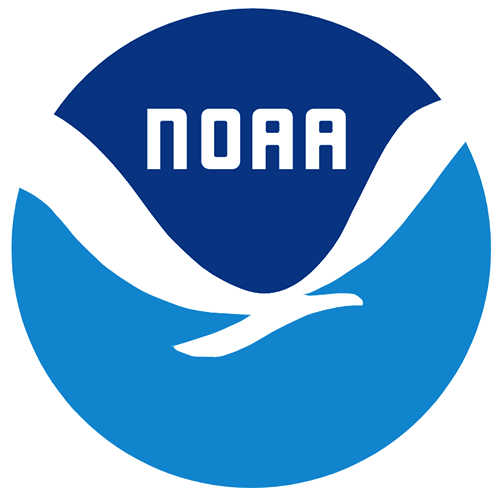2004 MD DNR Lidar: Anne Arundel, Charles, Howard & St. Marys Counties
Welcome Guest ( Sign In )
NOAA
 Light Detection and Ranging (LIDAR) is a method of locating objects on the ground using aerial-borne equipment. It is similar
to RADAR or SONAR in that the two-way travel time of an energy beam reflected off an object is precisely measured, but this technology
uses laser light instead of radio or sound waves. This technology has proven very useful in remote sensing of the earth. It can be used
for determining elevations of both the earth's surface and items (natural and man-made) on the surface. Analysis of LIDAR data is used
in detailed modeling of the earth's surface for drainage and floodplain studies, determining how a new structure will affect views from
various locations, shoreline erosion studies, and other reasons. This data set contains only the bare earth mass points. Bare earth
points represent ground features. Features that are above ground, such as buildings, bridges, tree tops, etc, have been eliminated.
Mass points may appear to have "holes" with no elevation values in areas where the surface could not be determined, such as very dense
forests or urban areas.
Original contact information:
Contact Name: Ken Miller
Contact Org: Maryland Department of Natural Resources
Title: Chief. Watershed Information Services Division
Phone: 410-260-8751
Email: kenmiller@dnr.state.md.us
This data set is an LAZ (compressed LAS) format file containing LIDAR point cloud data.
Light Detection and Ranging (LIDAR) is a method of locating objects on the ground using aerial-borne equipment. It is similar
to RADAR or SONAR in that the two-way travel time of an energy beam reflected off an object is precisely measured, but this technology
uses laser light instead of radio or sound waves. This technology has proven very useful in remote sensing of the earth. It can be used
for determining elevations of both the earth's surface and items (natural and man-made) on the surface. Analysis of LIDAR data is used
in detailed modeling of the earth's surface for drainage and floodplain studies, determining how a new structure will affect views from
various locations, shoreline erosion studies, and other reasons. This data set contains only the bare earth mass points. Bare earth
points represent ground features. Features that are above ground, such as buildings, bridges, tree tops, etc, have been eliminated.
Mass points may appear to have "holes" with no elevation values in areas where the surface could not be determined, such as very dense
forests or urban areas.
Original contact information:
Contact Name: Ken Miller
Contact Org: Maryland Department of Natural Resources
Title: Chief. Watershed Information Services Division
Phone: 410-260-8751
Email: kenmiller@dnr.state.md.us
This data set is an LAZ (compressed LAS) format file containing LIDAR point cloud data.
